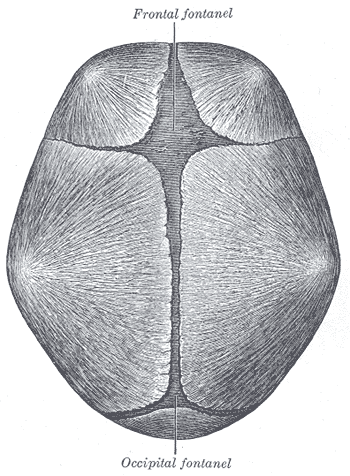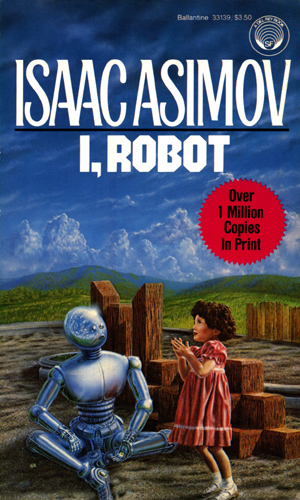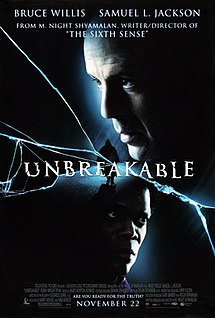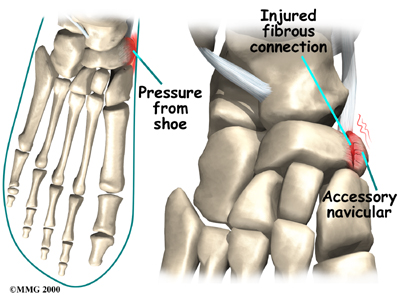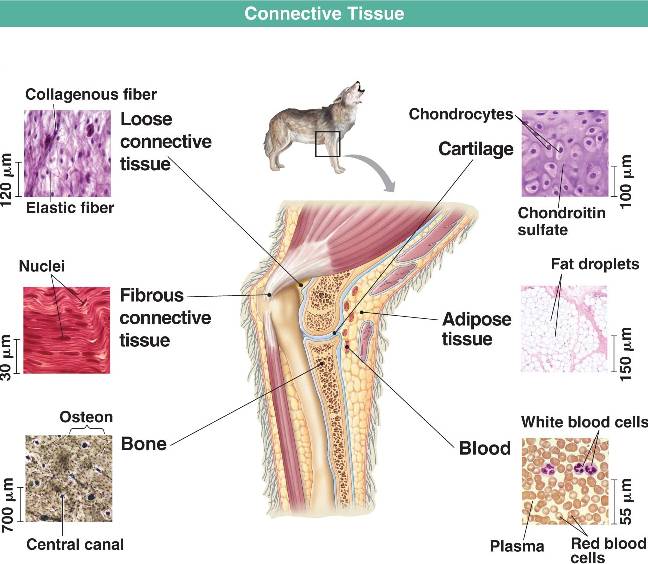http://phillips.blogs.com/photos/uncategorized/12phrenology.jpg
Phrenology is the science which studies the relationships between a person's character and the morphology of the skull. It is a very ancient object of study. The first philosopher to attempt to (my words) locate mental faculties in the head was in fact Aristoteles. http://www.phrenology.org/intro.html
In modern terms Phrenology is a spurious method for assessing aspects of character and personality from the physical appearances of certain areas of the cranium. Like physiognomy in general, there was a time when the issues of phrenology were presented as empirical or scientific questions, but as the preposterous claims of practitioners became more obviously bogus, this field was classified with the pseudo-sciences by the end of the 19th century. In the 20th century, these topics have increasingly been associated with the mysterious or occult literature, and have acquired the stigma of this association. Perhaps this shift is an aspect of continuing to market books and other products covering this material. http://face-and-emotion.com/dataface/physiognomy/phrenology.jsp
In the example from Lehmann below, each numbered area is relevant to a personal characteristic. For example, area 20 is related to how confident or imbued with faith one is. If area 20 is enlarged, the person is confident, but if it is lacking, the person is critical, not confident. Area 27 has to do with the sense of humor. If it is enlarged, the person is easily drawn into laughter, but if it is lacking, the person is too serious to appreciate jokes.
From: Arthur R. H. Lehmann. Krankheit Begabung Verßprechen. Berlin: F. Gnadenfeld co., 1904.
Some phrenologists tried to supply answers to deeper questions and to connect the issues of phrenology to those of physiognomy. Spurzheim saw the angles of the face as an important feature of the face, and he knew that the bony structure of the skull was the basis for these angles and other features. Using such observations, he claimed that four personality types were connected physiologically to how the skull was shaped. The validity of such connections is doubtful, but many subsequent researchers have tried to show how body shapes and sizes are related to personality variables, siting more evidence to support their contention. In general, however, the relationships between body characters, including those of the face and head, and psychological variables have not been systematically compiled and evaluated, and the influence of such approaches has been minimal.
The term "physiognomy" refers to features of the face, especially so
 when, in the narrow sense, these features are used to infer the relatively enduring character or temperament of an individual. In this discussion, physiognomy connotes a broader meaning, i.e., it refers to relatively unchanging facial features that might convey messages about any inner or hidden aspect of the person. Most of these facial features have as their basis the bony structure of the skull, on which the soft tissues lie. These features include the shapes and positions of major areas and landmarks of the face, such as the forehead, eyebrows, nose, cheeks, and mouth. The important facial features can be fairly accurately reconstructed by experts from the skull alone. A diagram of the human cranium shows the major features of the skull, from which much of the visible appearances of the face can be extrapolated. Other physiognomic features are not directly linked to the bony skull, such as skin texture and coloration, hair placement and texture, and detailed shapes of fleshy features. All of these features change slowly and relatively little over time, and they are the sign vehicles for physiognomic messages. Proposing an association between these facial features and other aspects of the person, including personality, character, outcomes of medical treatment, romantic compatibility,or the destiny of the person, is a physiognomic approach. The validity of the association or inference based on physiognomy is a separate issue that can be established or discredited by empirical evidence. Accurately face reading these signs depends upon knowing which relations are valid and which are spurious. For more information see the following link http://face-and-emotion.com/dataface/physiognomy/physiognomy.jsp
when, in the narrow sense, these features are used to infer the relatively enduring character or temperament of an individual. In this discussion, physiognomy connotes a broader meaning, i.e., it refers to relatively unchanging facial features that might convey messages about any inner or hidden aspect of the person. Most of these facial features have as their basis the bony structure of the skull, on which the soft tissues lie. These features include the shapes and positions of major areas and landmarks of the face, such as the forehead, eyebrows, nose, cheeks, and mouth. The important facial features can be fairly accurately reconstructed by experts from the skull alone. A diagram of the human cranium shows the major features of the skull, from which much of the visible appearances of the face can be extrapolated. Other physiognomic features are not directly linked to the bony skull, such as skin texture and coloration, hair placement and texture, and detailed shapes of fleshy features. All of these features change slowly and relatively little over time, and they are the sign vehicles for physiognomic messages. Proposing an association between these facial features and other aspects of the person, including personality, character, outcomes of medical treatment, romantic compatibility,or the destiny of the person, is a physiognomic approach. The validity of the association or inference based on physiognomy is a separate issue that can be established or discredited by empirical evidence. Accurately face reading these signs depends upon knowing which relations are valid and which are spurious. For more information see the following link http://face-and-emotion.com/dataface/physiognomy/physiognomy.jspFun facts:
- In Bram Stoker's Dracula several characters make phrenological observations in describing other characters.
- Terry Prachett, in his Discworld series of books, describes the practice of Retro-phrenology as the practice of altering someone's character by giving them bumps on the head. You can go into a shop in Ankh-Morpork (a city in the book) and order an artistic temperament with a tendency to introspection. What you actually get is hit on the head with a series of small hammers, but it keeps the money in circulation and gives people something to do.



